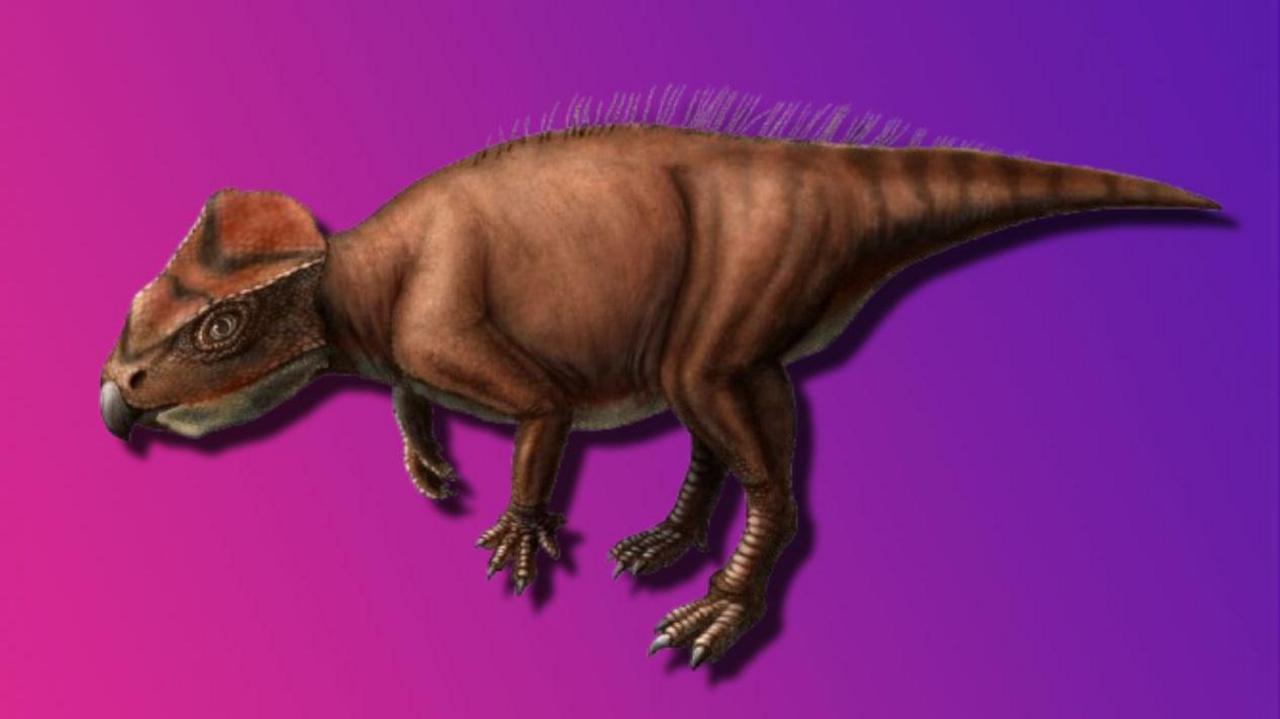Preserved footprints reveal more about dinosaurs' lives on Isle of Skye
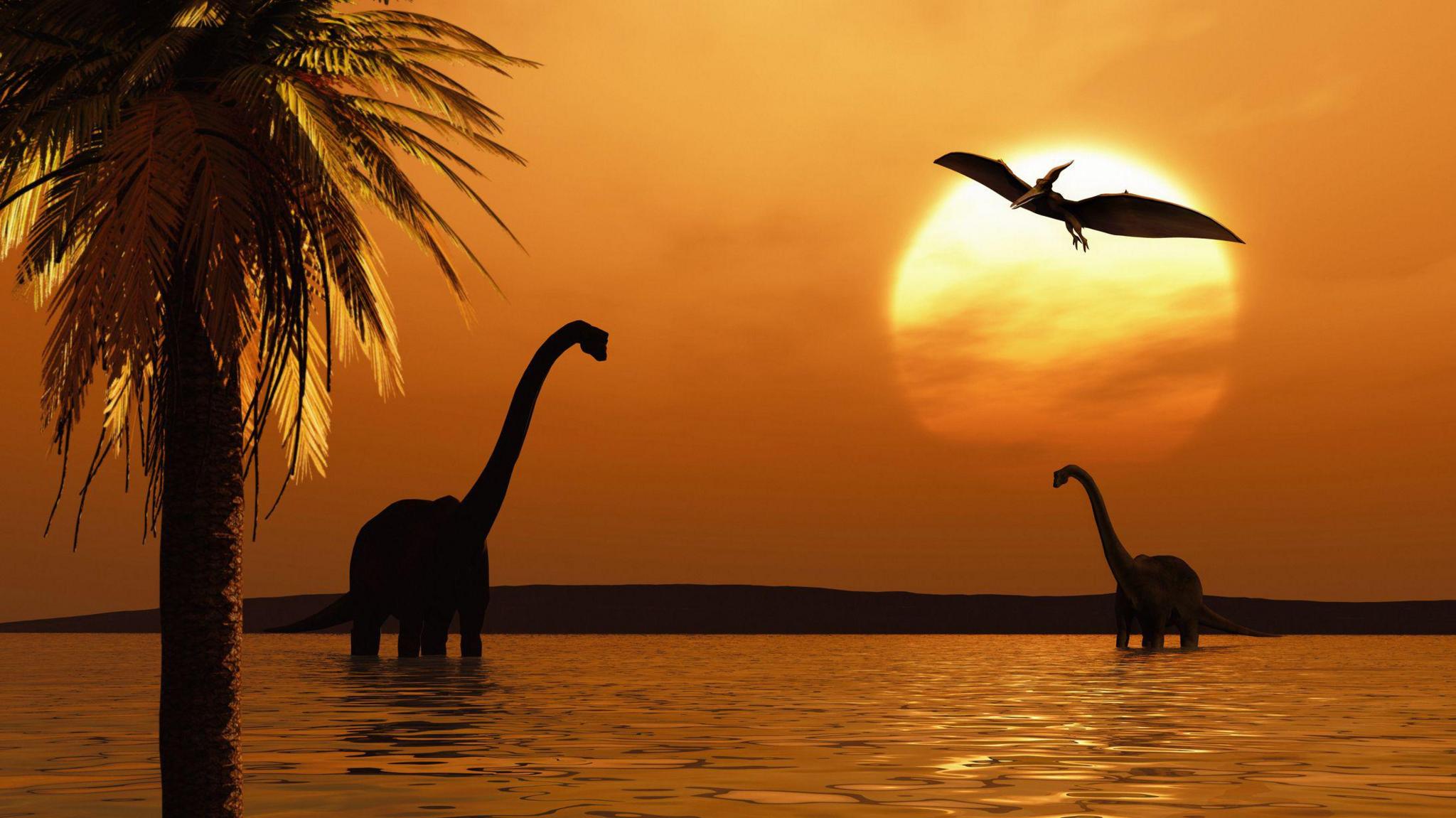
Scientists say the footprints show that both herbivores and carnivores drank from freshwater lagoons together 167 million years ago
- Published
Dinosaur footprints on the Isle of Skye are helping scientists learn something new about the prehistoric creatures.
Scientists say the footprints show that both herbivores (plant eaters) and carnivores (meat eaters) drank together at lagoons around 167 million years ago.
The team of scientists at Edinburgh University analysed 131 dinosaur footprints at Prince Charles's Point on the island.
Among them they found rarely-seen prints of megalosaurs - jeep-sized cousins of the T.rex - alongside footprints of plant-eating dinosaurs called sauropods.
New giant dinosaur species discovered in Egypt
- Published20 January
'Surprising' answer for birthplace of dinosaurs
- Published29 January
Fossil shows potential new dinosaur species
- Published22 May 2023
Researchers say finding the footprints together is a "fascinating insight" into the environmental preferences and behaviours of dinosaurs from the Middle Jurassic period.
They explained that, by analysing the tracks of the dinosaurs, they believe that the prehistoric beasts milled around the lagoon's edges in a similar way to animals congregating around watering holes today.
They think both plant-eating and meat-eating dinos preferred the lagoons to drier exposed mud-flats.
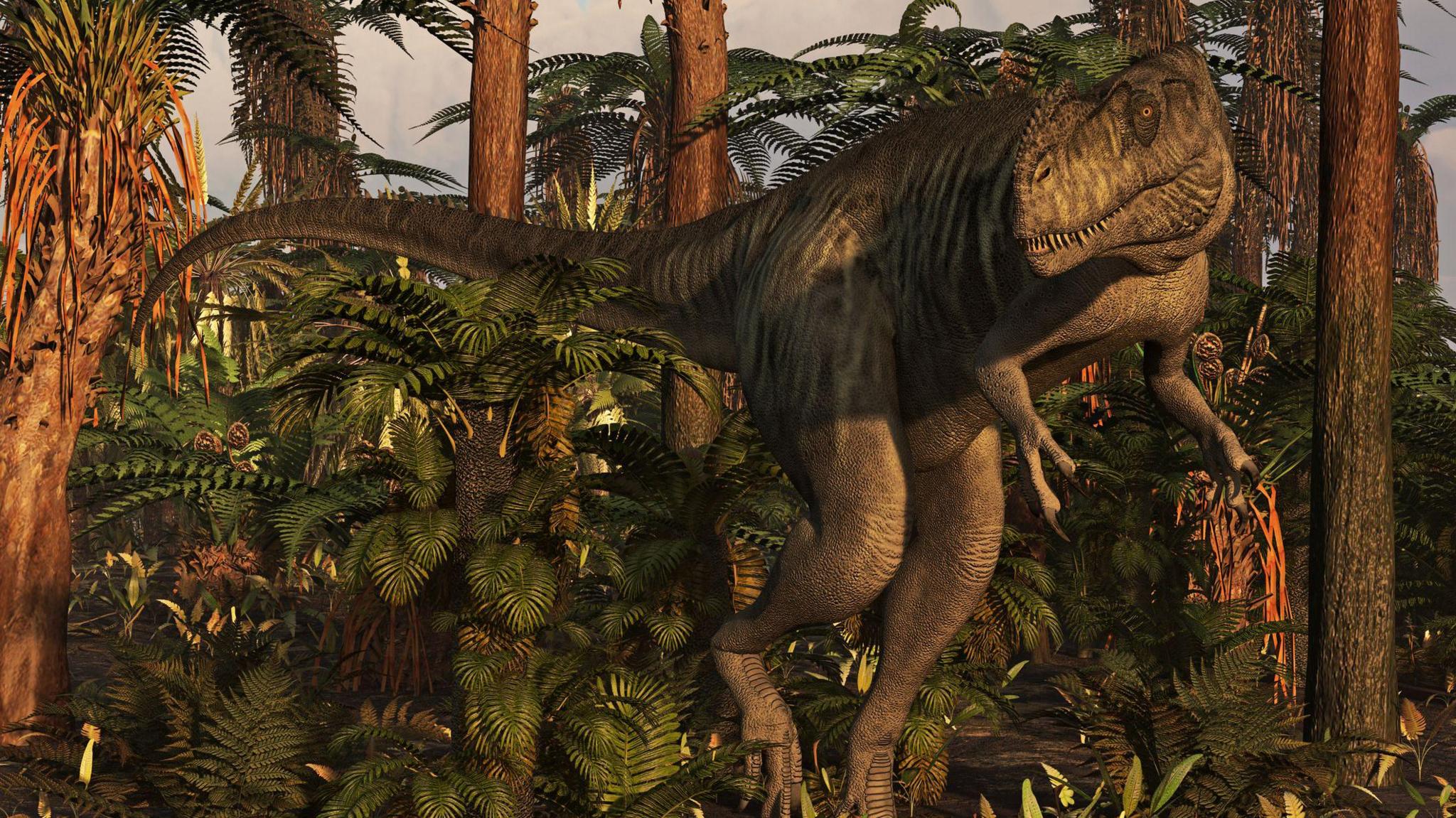
The scientists found rarely-seen prints of megalosaurs - jeep-sized dinosaurs
Research lead Tone Blakesley said: "The footprints at Prince Charles's Point provide a fascinating insight into the behaviours and environmental distributions of meat-eating theropods and plant-eating, long-necked sauropods during an important time in their evolution."
The first three footprints were discovered five years ago, on the island's Trotternish Peninsula, by a student from the University of Edinburgh.
After this initial discovery more footprints were found and scientists believe there are still more to be uncovered.
The number of footprints make the area one of the most extensive dinosaur track sites in Scotland.
- Published10 July 2024
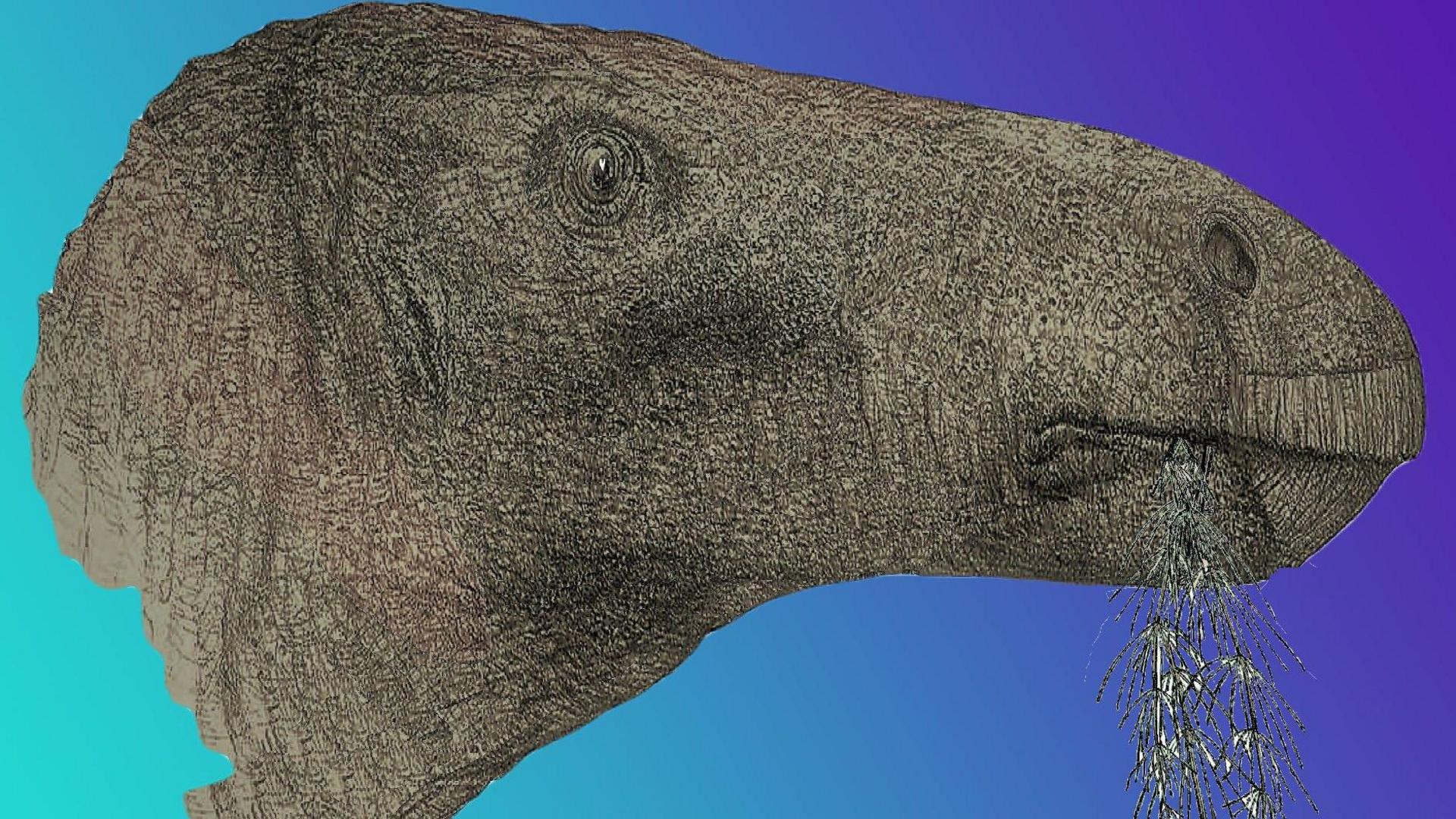
- Published21 February
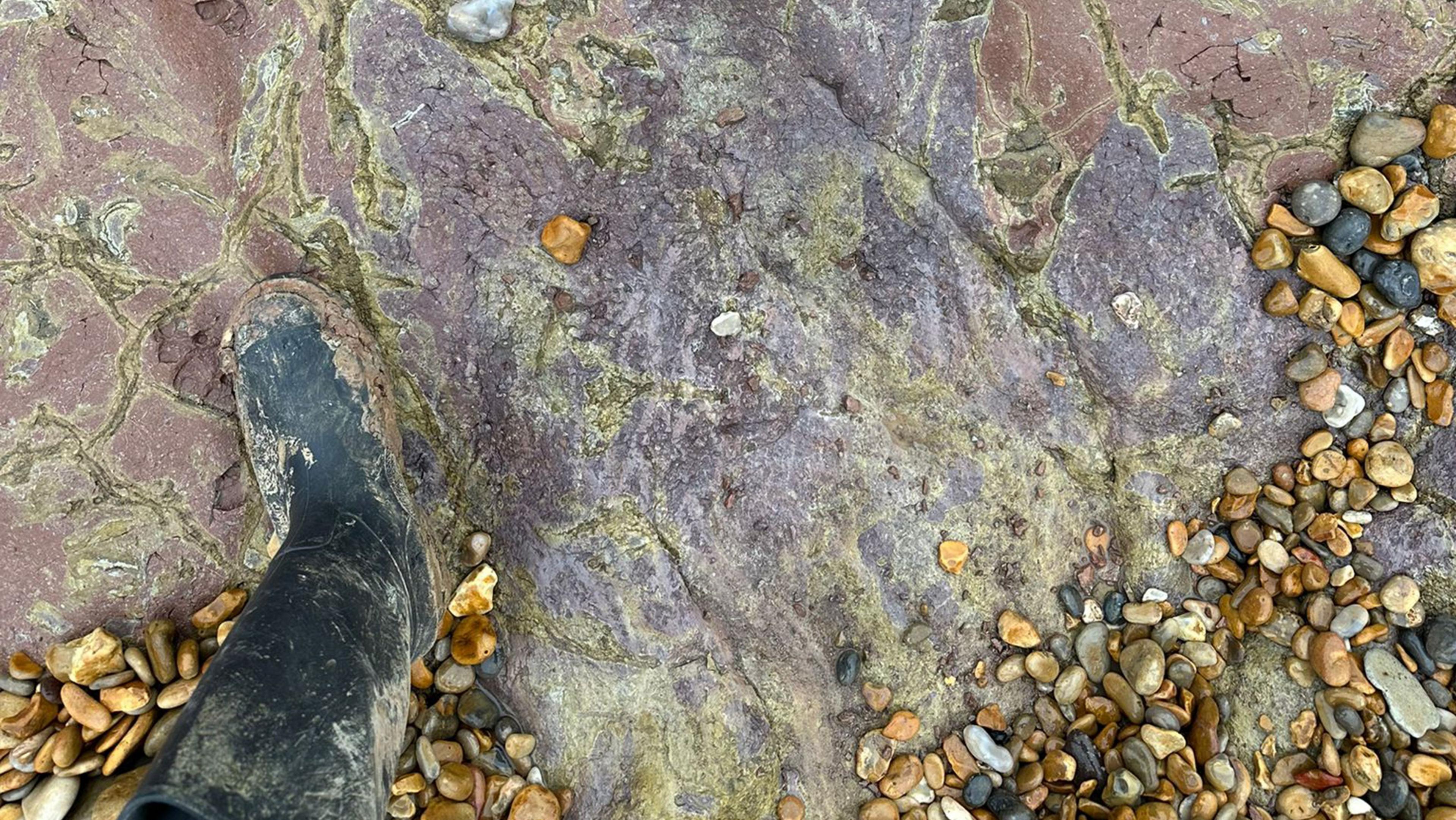
- Published15 September 2024
